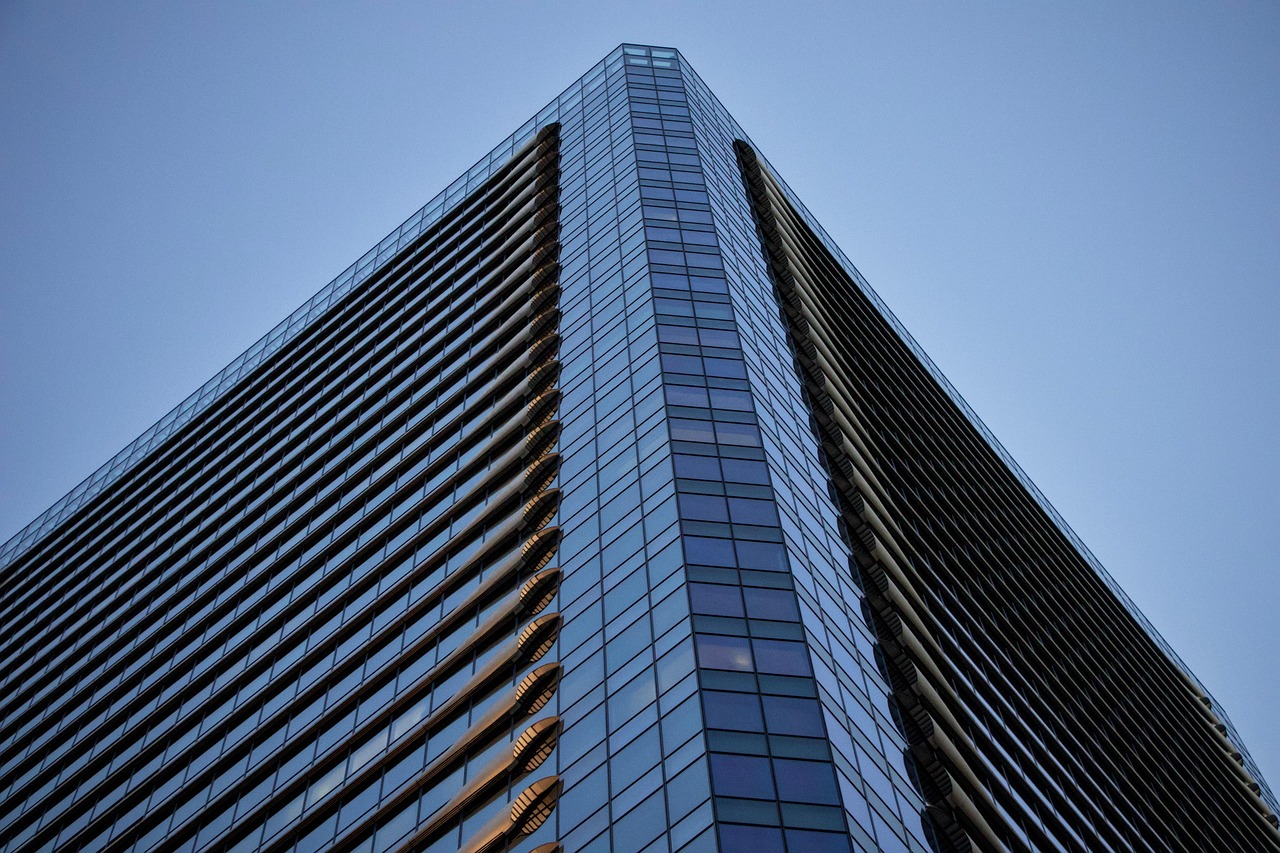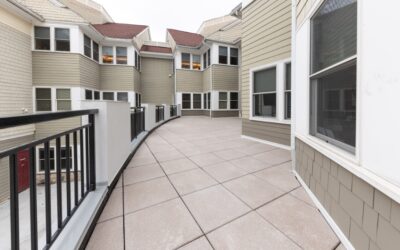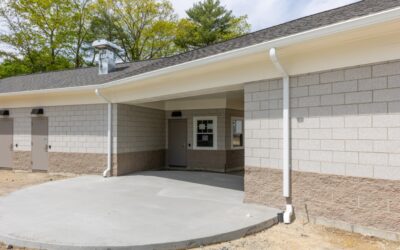When it comes to architecture, understanding the various types of buildings is essential for designing structures that not only meet functional needs but also adhere to building codes and enhance the lives of their occupants.
From urban high-rises to rural housing, the diversity of building types reflects the complexities of modern society. The categorization of different types of construction projects, including residential, commercial, and industrial buildings, falls under the term ‘building construction’. Each type requires unique design considerations, materials, and expertise to ensure safety, practicality, and aesthetic appeal.
This guide explores 10 important types of buildings, offering insights into their purpose, construction techniques, and design essentials. Whether you’re a property developer, a real estate developer, or an aspiring architect, these insights will provide a foundation for evaluating and planning your next project.
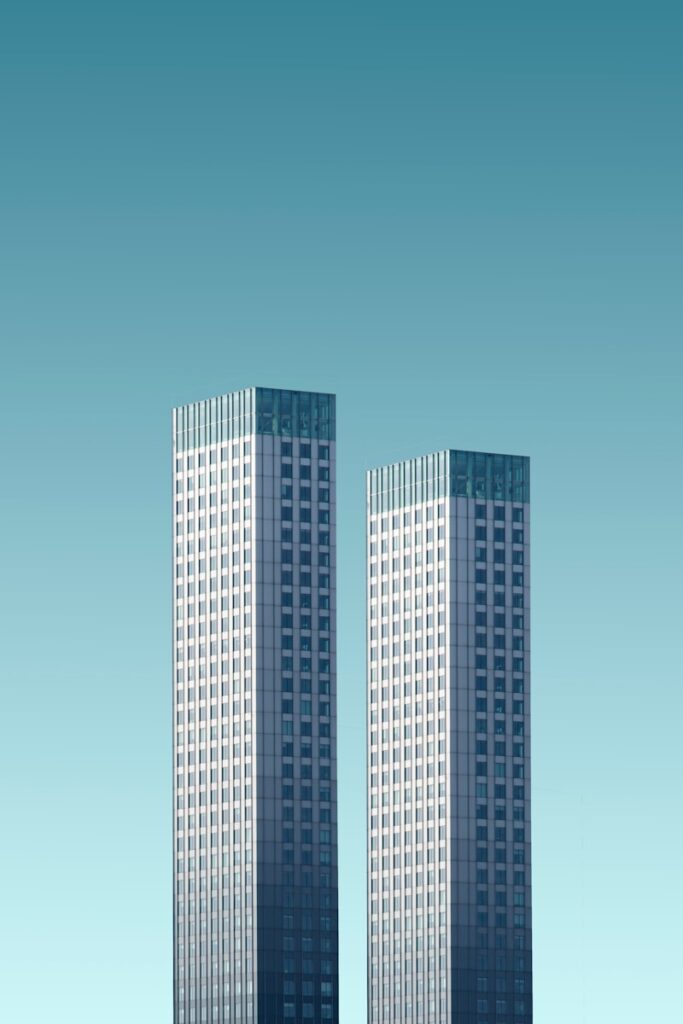
What Are Building Types?
Building types classify structures based on their purpose, design, and construction, ranging from homes to industrial facilities. Building elements such as frames, walls, and roofs play a crucial role in defining these types, contributing to the overall fire safety and durability of buildings. Determining the type of a building is foundational for architecture as it impacts everything from material selection to zoning regulations.
Here are the most common categories of building types:
- Residential Buildings
- Commercial Buildings
- Industrial Buildings
- Public Buildings
- Educational Buildings
- Institutional Buildings
- Assembly Buildings
- Storage and Warehouse Buildings
Understanding each type will enhance your ability to plan, construct, and optimize buildings to meet their specific purpose.

1. Residential Buildings
Residential buildings serve as spaces for people to live, offering comfort, privacy, and functionality.
Common Examples
- Single-family homes
- Apartments
- Condominiums
Key Design Considerations
- Natural lighting and ventilation
- Noise insulation
- Sustainable, energy-efficient materials
Materials Used
Selecting the appropriate building material for residential buildings is crucial for ensuring strength and durability.
Brick, wood, concrete, and steel.
By adhering to modern techniques like wood-frame or mixed-use construction, architects create homes that enhance indoor air quality and offer timeless functionality.
2. Commercial Buildings
Designed for businesses to operate, commercial buildings, retail buildings, or otherwise known as a business building, prioritize functionality and ease of access.
Common Examples
- Office buildings
- Retail stores
- Shopping malls
Key Design Considerations
- High ceilings and open layouts for retail purposes
- Parking accessibility
- Green building certifications for energy efficiency
Materials Used
Understanding different types of building construction is crucial for making informed decisions about building materials, design, and safety practices essential for project completion. Steel frames, glass, and concrete are typically used to construct commercial spaces capable of accommodating high foot traffic.
Architects must often incorporate type II non-combustible materials and fire resistance ratings for safety compliance.

3. Industrial Buildings
Industrial facilities focus on manufacturing, production, and storage, often requiring durability and efficiency.
Common Examples
- Factories
- Warehouses
- Power plants
Key Design Considerations
- Workflow optimization
- Safe storage of materials, including hazardous substances
- Installation of sprinkler systems and safety-alarm mechanisms
Modern construction techniques, such as 3D printing and Building Information Modeling (BIM), have revolutionized the way we construct buildings, making the process more efficient and precise.
Materials Used
Materials such as corrugated metal, concrete, and structural steel are standard to withstand heavy loads and industrial processes.
For industrial buildings, adhering to regulatory codes like the International Building Code is paramount to ensure safety and functionality.
4. Public Buildings
Public buildings serve communities and foster civic engagement, often housing large numbers of people.
Common Examples
- Town halls
- Libraries
- Museums
Key Design Considerations
- Accessibility for diverse user groups, including those with disabilities
- Fire resistance and safety protocols
- Community engagement through multi-purpose functional spaces
Materials Used
Brick and stone are commonly used for public buildings to ensure durability and visual appeal.
Public buildings often leverage technologies that improve indoor air quality, enhancing the experience for occupants.
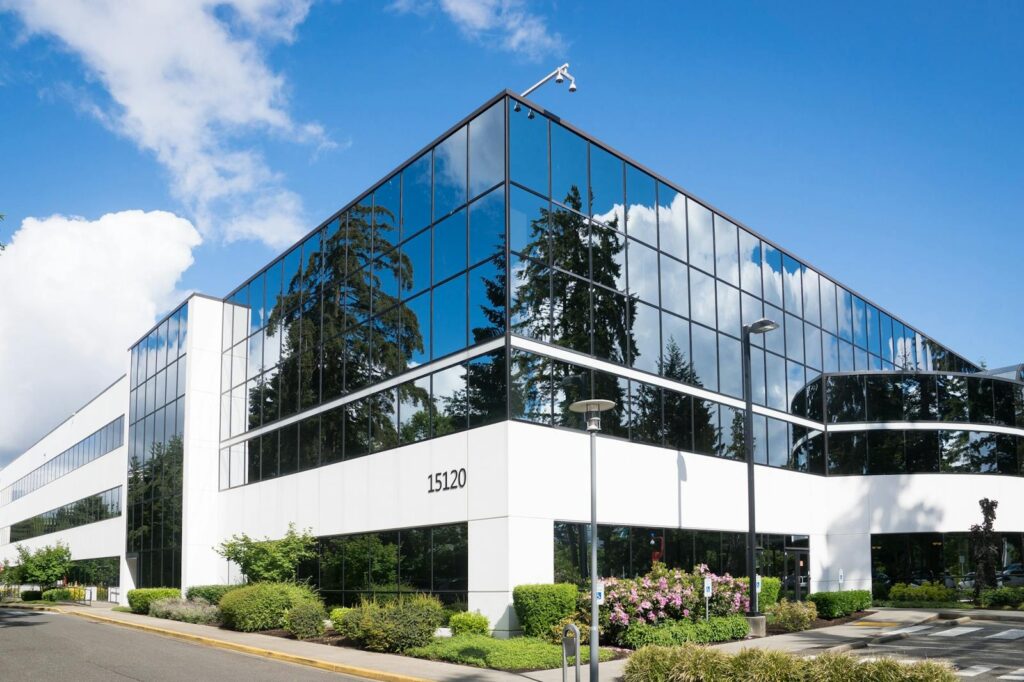
5. Educational Buildings
Educational buildings are dedicated to learning and research, designed to promote focus and interaction.
Common Examples
- Schools
- Colleges
- Universities
Key Design Considerations
- Natural lighting to increase productivity
- Acoustics for optimal learning environments
- Breakout spaces for collaboration
Materials Used
Concrete and steel are chosen for durability, while thoughtful interior wall designs improve acoustic performance.
To foster energy efficiency, modern buildings often integrate greenhouse gas emission-reduction techniques.
6. Institutional Buildings
Institutional buildings provide healthcare, correctional, and social services.
Common Examples
- Hospitals
- Nursing homes
- Clinics
- Facilities for treating physical or mental illness
Key Design Considerations
- Patient accessibility in healthcare facilities
- Indoor air quality for healing environments
- Safety and security for correctional institutions
Materials Used
Robust materials like steel and brick ensure long-lasting structures that meet the stringent demands of institutional functions.
Constructing institutional buildings relies on careful evaluation of structural elements, ensuring that both safety and care are prioritized.
7. Assembly Buildings
Assembly buildings accommodate large gatherings, such as performances or conferences.
Common Examples
- Theaters
- Concert halls
- Exhibition halls
Key Design Considerations
- Acoustics for clarity and ambiance
- Proper crowd control measures
- Versatile layouts to host different events
Materials Used
Glass, steel, and concrete are common for crafting visually striking yet functional structures.
Assembly buildings often need advanced features such as sprinkler systems and type III constructions focused on fire safety.
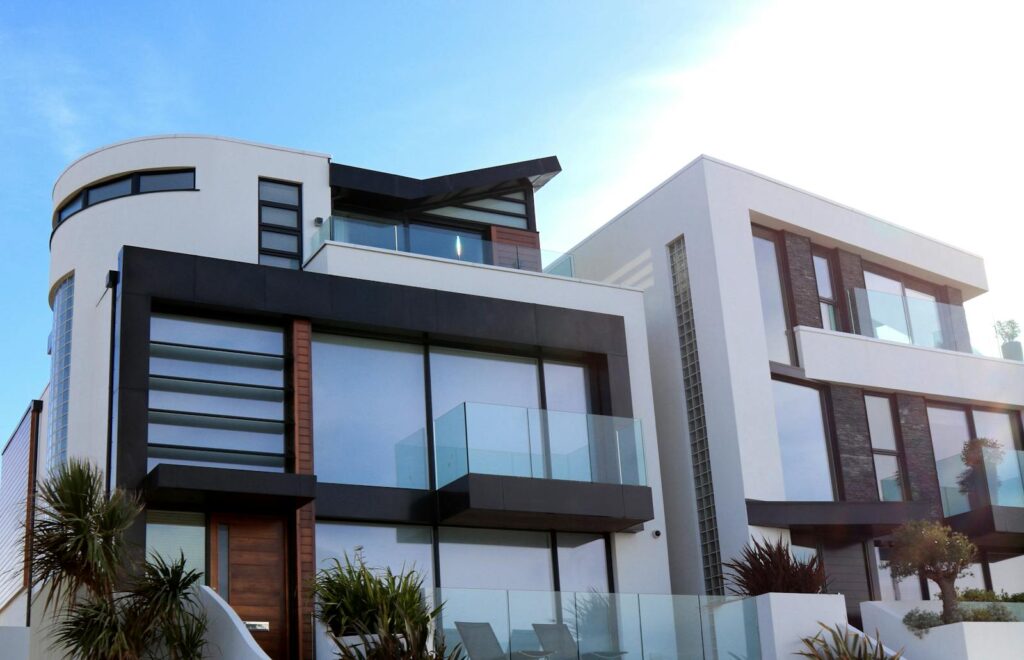
8. Storage Buildings and Warehouse Buildings
Storage facilities manage the handling and safe-keeping of goods.
Common Examples
- Dry storage facilities
- Cold storage warehouses
- Hazardous buildings
- Hazardous material storage
Key Design Considerations
- Adequate load-bearing capacity
- Climate control for perishable items
- Strategic workflow plans for efficiency
Materials Used
Corrugated metal and steel are typical due to their strength and durability.
From truck terminals to storage for hazardous materials, these facilities support industries vital to the global economy.
9. Green Buildings
An increasingly popular building type, green facilities balance functionality and environmental responsibility. Incorporating sustainability principles into commercial or residential spaces helps reduce fossil fuel reliance while offering energy efficiency.
Examples
- Solar-powered offices
- Eco-friendly homes
Key elements such as green roofs, solar panels, and efficient interiors support the global sustainability movement in urban and rural areas alike.
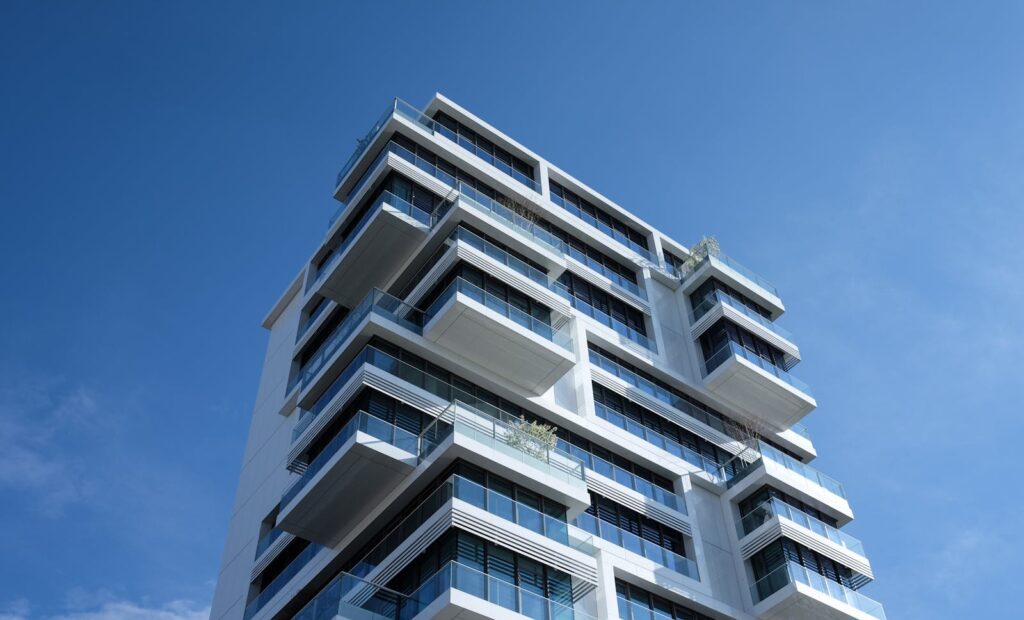
10. High-Rise Buildings
High-rise or skyscraper structures define urban skylines and showcase towering architecture.
Examples
- Corporate headquarters
- Mixed-use towers
With fire resistance ratings and advanced designs, they offer seamless integration of retail, residential, and office spaces.
Materials such as glass and concrete dominate their construction, ensuring modern aesthetics alongside stability.

Building for the Future
Understanding these types of buildings lays a solid foundation for developers and architects. Each design decision impacts the functionality, sustainability, and experience of a building’s occupants. Whether you’re planning a mixed-use high-rise or a healthcare facility, thoughtful construction ensures your project meets its goals while complying with regulatory standards.
Looking for a partner to help turn your vision into reality? South Coast Improvement Company specializes in design-build services across residential, commercial, and institutional sectors. From handling pre-construction details to streamlining the building process, we’re your trusted partner in creating transformative projects.

Resources for Building and Design
Here are some helpful resources for developers, architects, and planners to access credible information and tools related to construction and building design:
- American Institute of Architects (AIA) – Offers a wealth of knowledge on architectural trends, design standards, and sustainable building practices.
- National Institute of Building Sciences (NIBS) – Provides guidance and best practices for advancing the built environment.
- United States Green Building Council (USGBC) – A leader in sustainable construction, offering resources on LEED certification and green design.
- International Code Council (ICC) – Hosts comprehensive resources on building codes and safety compliance.
- Construction Specifications Institute (CSI) – Equipped with tools and standards for documentation and project delivery.
- Building Research Establishment (BRE) – Provides innovative research and expertise on building science and sustainable solutions.
- Architectural Record – A leading publication offering insights into architectural design, projects, and news.
- Association of General Contractors of America (AGC) – Supplies resources and advocacy for the construction industry, focusing on skill development and safety standards.
- Passive House Institute (PHI) – Delivers guidance on implementing energy-efficient building techniques and Passive House standards.
- Royal Institute of British Architects (RIBA) – Shares international architectural resources, including design inspiration and professional guidance.
These resources are reliable hubs for staying informed in an industry where regulations, technologies, and design philosophies continually evolve.
View Our Work
The Overlook – Masonic Health System
"We’re honored to have partnered with The Overlook on this transformative initiative. Our team brought specialized expertise in working within occupied senior living communities, delivering a seamless renovation that aligns with The Overlook’s exceptional standards of...
Hamilton Wenham
Their team was collaborative, responsive, and committed to our shared vision for this space, -Eric Tracy Superintendent, Hamilton-Wenham Regional School District We partnered with the Hamilton-Wenham Regional School District to deliver a brand-new athletic building...

